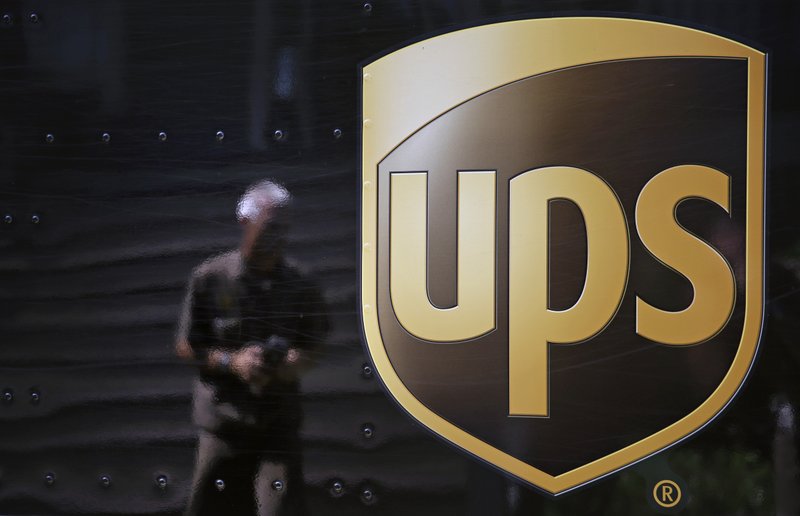DALLAS -- United Parcel Service Inc. said Thursday that first-quarter profit rose 10 percent to $1.13 billion, helped by an increase in both ground shipments and next-day air deliveries in the United States.
The company beat Wall Street forecasts for profit, but revenue was lower than expected.
Executives disclosed that UPS could be required to take a charge of up to $3.8 billion if the government allows a Teamsters pension fund to cut benefits to UPS retirees.
UPS is often considered a bellwether of the economy both in the U.S. and globally because of the number of shipments it handles between businesses and from businesses to consumers. The company's e-commerce business has grown with the boom in online shopping. Lately UPS has seen mixed signals, with growth slowing in emerging economies.
UPS has been adjusting prices -- for example raising prices on bulky packages that are lightweight but take up space in trucks. And it has been reducing costs with driver-routing software and other measures.
The company could face competition from a major customer, Amazon.com. The online retailer struck a deal recently to lease up to 20 cargo planes to augment delivery services that it buys from UPS and FedEx.
UPS said it would take years and billions of dollars to build a delivery network comparable to the UPS one.
Chief Executive Officer David Abney, who referred to Amazon only as a "high-profile customer," told analysts, "We feel we have a good relationship with that customer and feel that we will continue to add value for many, many years to come."
Meanwhile, the company revealed Thursday that it could be forced to take an accounting charge of between $3.2 billion and $3.8 billion and increase pension spending over many years if it loses a ruling in Washington.
When UPS left the Teamsters-run Central States Pension Fund in 2008 and set up its own plan, it promised workers and retirees remaining in the Teamsters program that it would make up the difference if the union plan legally reduced benefits. A 2014 law lets financially troubled multiemployer plans reduce benefits, and Central States asked the Treasury Department for permission to do so.
UPS paid $6.1 billion to shore up the Central States plan. It argues that the pension fund is now improperly singling out the UPS participants and should make deeper cuts for other companies' retirees first. The Treasury Department is expected to make a decision in early May.
Atlanta-based UPS said it earned $1.27 per share in the first quarter, compared with $1.12 per share a year earlier.
The average estimate of 13 analysts surveyed by Zacks Investment Research and 24 analysts polled by FactSet was for earnings of $1.22 per share.
Revenue rose 3 percent to $14.42 billion, falling short of forecasts. The analysts surveyed by FactSet expected $14.56 billion.
About half of the increase in revenue came from the acquisition of Coyote Logistics, which boosted UPS' supply chain and freight segment.
UPS stood by an earlier forecast that full-year earnings will be between $5.70 and $5.90 per share, roughly in line with analysts' expectations.
The shares fell $1.55, or 1.5 percent, to close Thursday at $104.91. They began the day up 11 percent this year.
Business on 04/29/2016

